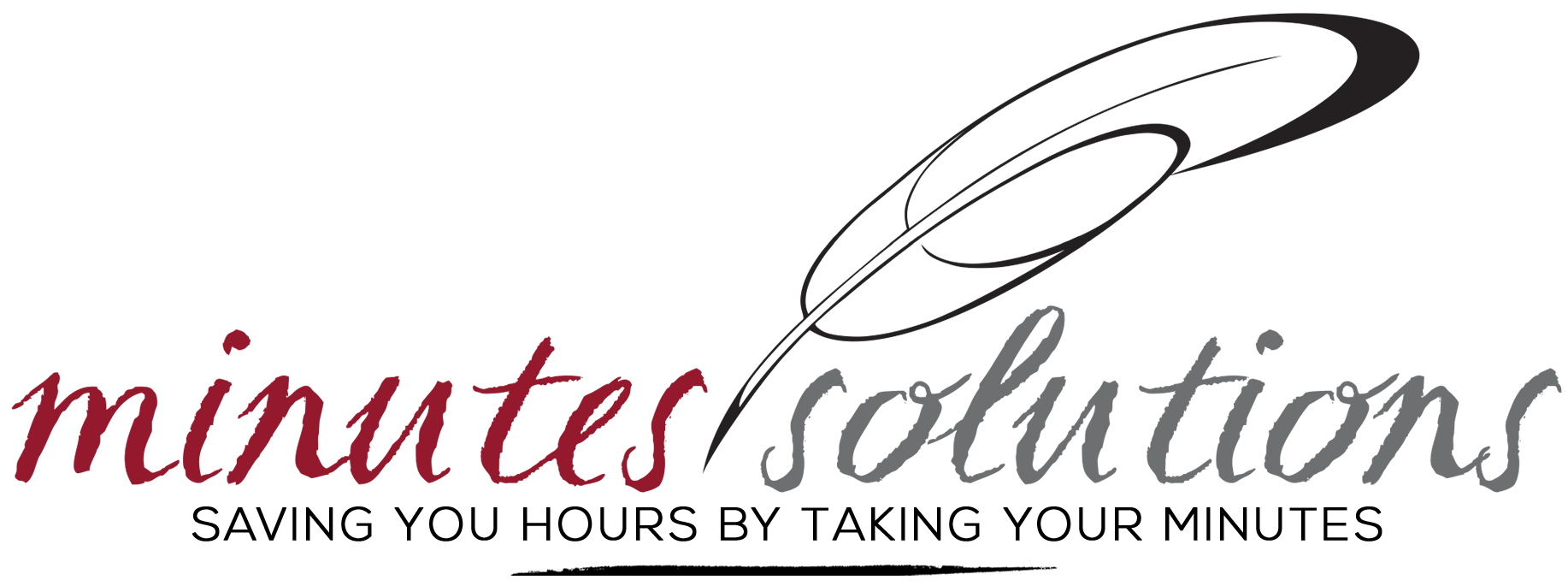Meetings are a vital part of organizational communication. It’s where decisions are made, plans are formed, and ideas are exchanged. However, without structure, meetings can become chaotic and unproductive. This is where Robert’s Rules of Order come in, providing a framework for conducting meetings efficiently and democratically. But what are Robert’s Rules and where did they come from? In this article, we’ll answer that question and look at the pros and cons of using Robert’s Rules of Order for your meetings.
Who is Robert?
The “Robert” in Robert’s Rules of Order is Henry Martyn Robert, a U.S. Army officer. Faced with the task of leading a church meeting in 1863 and not finding suitable guidelines, Robert was inspired to develop a standard set of rules for orderly and fair meetings. His initial rules were published in 1876 as “Robert’s Rules of Order,” and they have been a cornerstone of parliamentary procedure ever since.
The Genesis and Evolution of Robert’s Rules
Robert’s motivation was to bring order to the chaos he witnessed in meetings. He compiled and adapted various parliamentary procedures to create a comprehensive and adaptable set of guidelines. Since its first publication, Robert’s Rules have evolved through several editions, reflecting changes in society and the way organizations operate.
The Staying Power of Robert’s Rules of Order
The longevity of Robert’s Rules can be attributed to their adaptability and fairness. They provide a democratic structure where every member’s voice can be heard, and decisions are made transparently. This universality makes Robert’s Rules as relevant today as they were over a century ago.
Common Users of Robert’s Rules
Robert’s Rules are used by a wide range of organizations, including non-profits, corporations, governmental bodies, and community groups. They’re especially prevalent in places where democratic decision-making is paramount and where order and efficiency are necessary for handling complex issues and diverse opinions.
Pros and Cons of Robert’s Rules
Pros:
- Structure and Order: They bring a clear structure to meetings, making them more efficient and productive.
- Equal Participation: All members have an equal opportunity to contribute, fostering a democratic environment.
- Clarity in Decision-Making: Votes and decisions are made transparently and systematically.
Cons:
- Complexity: For newcomers, Robert’s Rules can seem daunting due to their detailed nature.
- Potential for Misuse: In some cases, individuals knowledgeable in the rules can use them to manipulate meeting outcomes or stifle dissent.
- Rigidity: In smaller, less formal groups, the strict adherence to rules can hinder open, creative discussions.
Robert’s Rules and Meeting Minutes
While Robert’s Rules of Order can provide a structured approach to conducting meetings, it’s important to note that understanding these rules is not essential for writing effective meeting minutes. Meeting minutes serve as a formal record of what transpires during a meeting, and their primary goal is to document key discussions, motions, votes, and decisions accurately and objectively.
For inexperienced minute-takers, familiarity with Robert’s Rules may be beneficial, as it could offer guidance on the procedural aspects of meetings. However, the focus for minute-takers should be on capturing the essential elements of the meeting clearly and concisely, regardless of their knowledge of Robert’s Rules.
Conclusion
The journey of Robert’s Rules of Order from their genesis to their current status is a testament to the vision of Henry Martyn Robert. Organizations across the spectrum, from volunteer-run community groups to governmental bodies and corporate boards, have adopted Robert’s Rules to streamline their proceedings. For these organizations, Robert’s Rules play a crucial role in ensuring meetings are democratic, orderly, and effective. As meetings continue to be a pivotal part of organizational operations, the importance of both Robert’s Rules and accurate minute-taking remains paramount.
What are Robert’s Rules? – Additional Resources
The best resource for readers looking to delve deeper into Robert’s Rules of Order is the official book itself, currently in its 12th edition titled Robert’s Rules of Order Newly Revised (RONR). This book provides the most comprehensive and updated set of guidelines for parliamentary procedure as envisioned by Henry Martyn Robert.
For those who are new to the subject and seeking a more approachable introduction, Robert’s Rules of Order Newly Revised In Brief is a shorter, more digestible companion to the full manual. It is designed to help users conduct meetings, participate in them effectively, and move business forward in an orderly manner.
Additionally, some websites and organizations help answer the question, “What are Robert’s Rules?”. The National Association of Parliamentarians, for example, offers resources, training, and workshops on Robert’s Rules. These can be especially helpful for individuals who prefer interactive learning or need specific questions answered.





